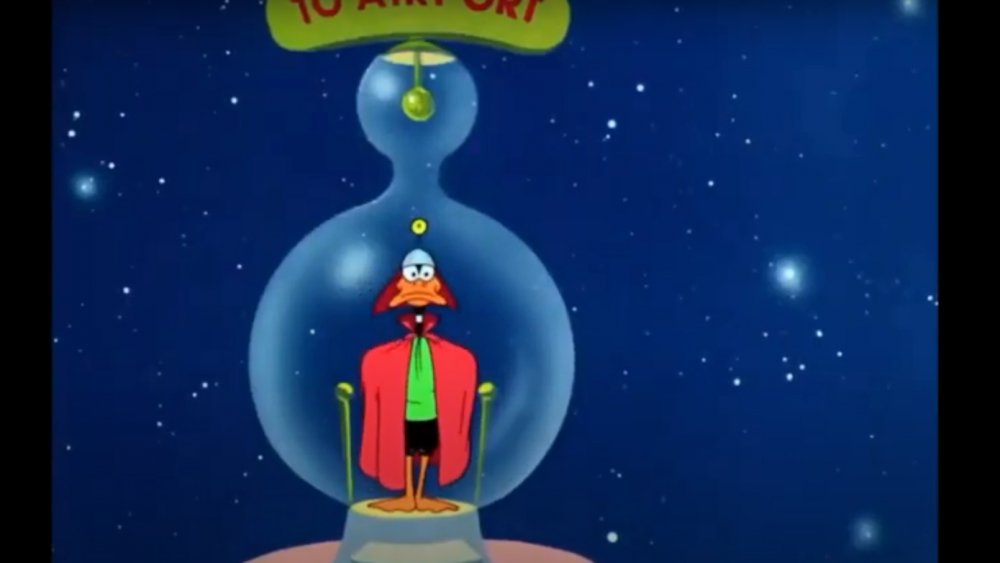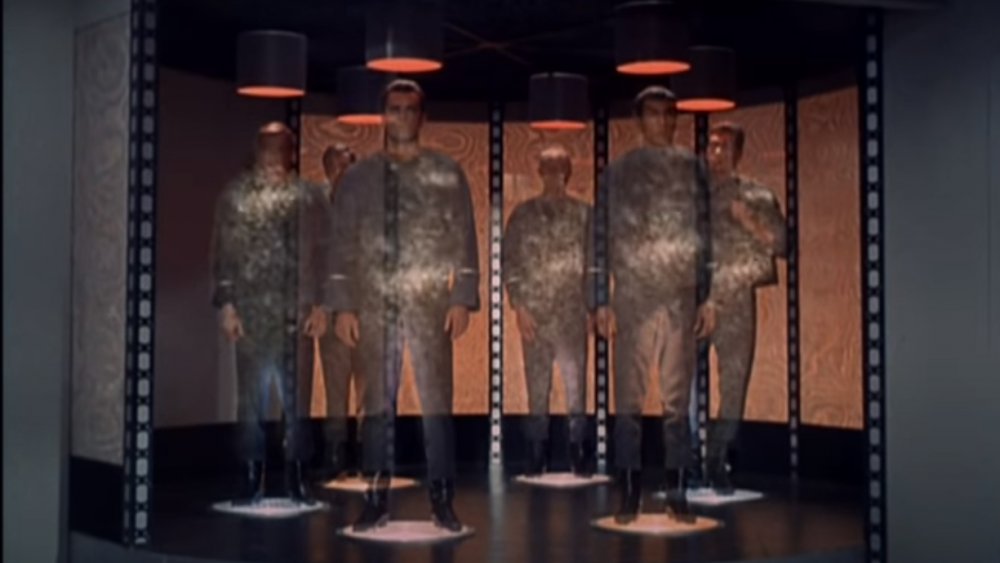Does Teleportation Actually Exist?
Teleportation. No commute to the office, just step into the chamber and push the button and POW you're at your cash register at Quick Stop Groceries, just in time for your shift. That'd be really cool, right? And who wouldn't think that, with headlines like "First Object Teleported from Earth to Orbit," courtesy of MIT Technology Review. Or "Teleportation: Photons today, humans tomorrow?" from the BBC. As seems to be the case with nearly every scientific advance that actually looks like fun, it's very much a case of "Well, yeah, but..."
It is true that back in 2017, Chinese scientists announced that they'd "teleported" a photon particle from Earth to a satellite in sun-synchronous orbit about 870 miles away. The satellite itself, named Micius, is in fact a "highly sensitive photon receiver," says MIT. What the scientific team accomplished was creation of a "satellite-to-ground quantum network."
As the BBC further explains it, teleportation, as it now exists, isn't really a process of scrambling-and-sending-and-unscrambling, as Gene Roddenberry and Duck Dodgers so callously led us to believe. Rather, it's transmitting "the state of the thing, rather than the thing itself." Think about a fax machine: those little marvels send and receive information about marks on a piece of paper, rather than sending the piece of paper itself. The machine on the receiving end then takes that information and applies it to its own supply of material.
Scotty does not yet have a job description
The theory dates back a ways, certainly as far as 1993 and a theoretical study published by physicist Asher Peres and several others. BBVA Open Mind sums it up very clearly: "it's not matter that travels, but rather information."
The actual process is called "quantum entanglement." Back in the '90s, Professor Sandu Popescu of Bristol University was working on the possibilities. He told the BBC, "Even then people were thinking about Star Trek. But we are talking about sending the state of a single particle, not the billions of billions of billions of particles that form a person," he says.
"If you are thinking about a remote planet, first you would have to exchange billions of entangled pairs of particles and then you have to send other information as well. This is highly non-trivial," he added. "One should not get excited by that."

